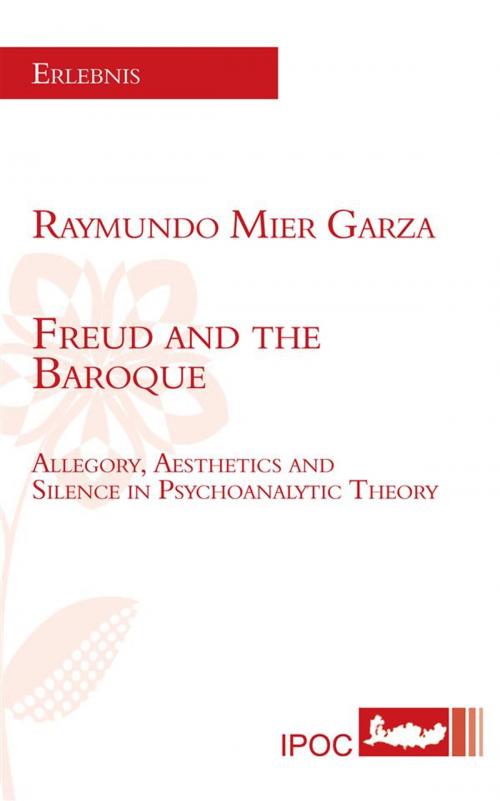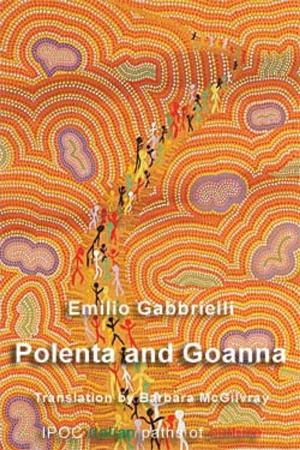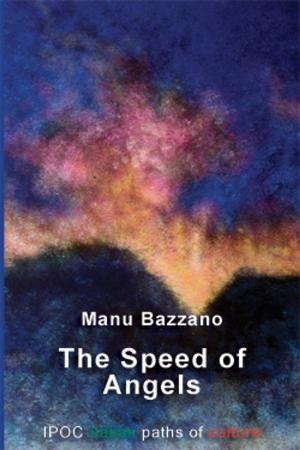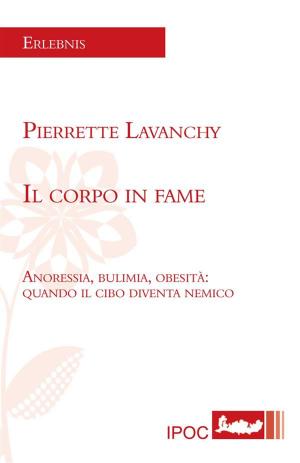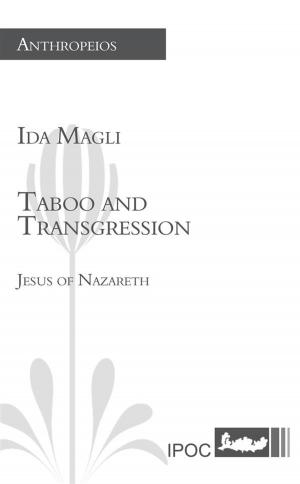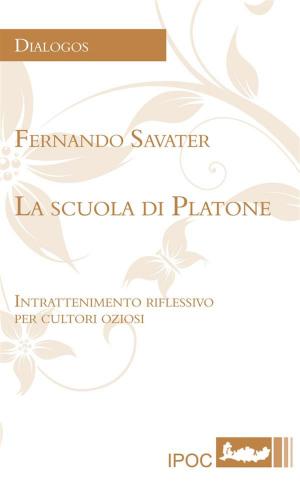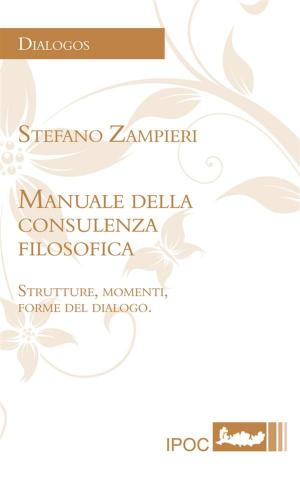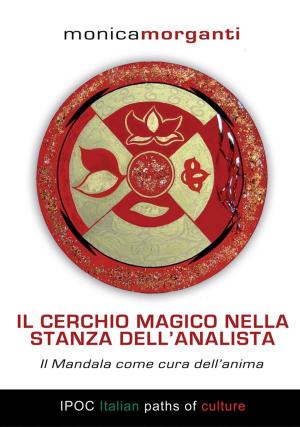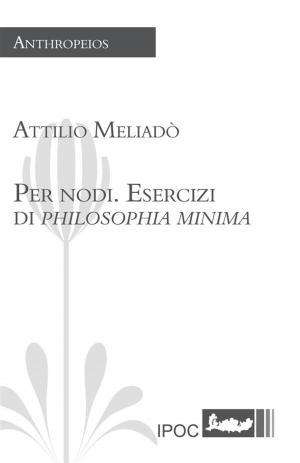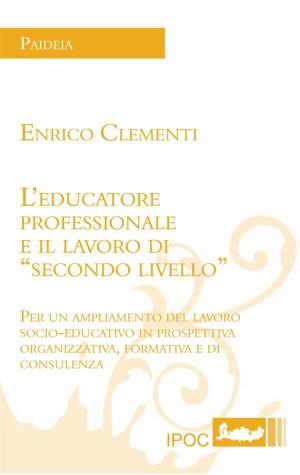Freud and the Baroque
Allegory, Aesthetics and Silence in Psychoanalytic Theory
Nonfiction, Health & Well Being, Psychology, Psychoanalysis, Psychotherapy, Religion & Spirituality, Philosophy| Author: | Raymundo Mier Garza | ISBN: | 9788867720590 |
| Publisher: | IPOC Italian Path of Culture | Publication: | August 1, 2013 |
| Imprint: | Language: | English |
| Author: | Raymundo Mier Garza |
| ISBN: | 9788867720590 |
| Publisher: | IPOC Italian Path of Culture |
| Publication: | August 1, 2013 |
| Imprint: | |
| Language: | English |
In 1892, eight years before the cardinal appearance of The Interpretation of Dreams, Freud published an outstanding brief reflection on a crucial enigmatic perturbation of language, On Aphasia. A Critical Study, the anticipated signal of one of the most daring and lasting challenges to the philosophical, political and anthropological conceptions of subjetivity and social forms of life in modern times. It set his radical position in the history of the ideas about language, and his concern about the conditions of the experience of exhaustion, of transience, of mourning and of silence as conditions of the psychic processes. This book deals with the obscure centre of Freud’s work: the passion for the shattering of language, for the dissipation of the sense of speech, for the effusions of eclipsed memories, the cardinal role of secrecy, of abjection, and of the wreckage of speech, not only in the expressive power of language itself, but also in the constitution of subjectivity.
The ground assumptions of the psychoanalysis reveal the progressive emergence of silence in the core of modern thought, and of modernity; and it involves a concomitant transformation of the knowledge of the psychic processes. This epistemological turn evolves from the analysis of disconnected evidences, of the pervading dissemination of silence in the core of language and of the forms of life; it demands the assumption of the relevance of the allegory in the edification of this knowledge: an inner dissonance into the meaning of signs, a privileged aesthetic and theoretical expression, but also the aesthetic desolation brought about by this loss of referential meaning and the experiences of melancholy and abjection. Freudian conceptions of sexuality and pain sprang from these unrelenting displacements, veiling, and silence. The dislocation of semantic truth brings to light an aesthetic – Baroque – conception of subjectivity which pervades not only Freud’s notion of psychical processes and his work upon concepts, but also his writing, his theoretical landscape of multiple contrasting and interlaced forms and shades, a conceptual chiaroscuro, a restless folding and unfolding, secret crevices and breaches, paradoxical temporalities, which offer a contrasting landscape of thought processes that embody desire and anxiety.
In 1892, eight years before the cardinal appearance of The Interpretation of Dreams, Freud published an outstanding brief reflection on a crucial enigmatic perturbation of language, On Aphasia. A Critical Study, the anticipated signal of one of the most daring and lasting challenges to the philosophical, political and anthropological conceptions of subjetivity and social forms of life in modern times. It set his radical position in the history of the ideas about language, and his concern about the conditions of the experience of exhaustion, of transience, of mourning and of silence as conditions of the psychic processes. This book deals with the obscure centre of Freud’s work: the passion for the shattering of language, for the dissipation of the sense of speech, for the effusions of eclipsed memories, the cardinal role of secrecy, of abjection, and of the wreckage of speech, not only in the expressive power of language itself, but also in the constitution of subjectivity.
The ground assumptions of the psychoanalysis reveal the progressive emergence of silence in the core of modern thought, and of modernity; and it involves a concomitant transformation of the knowledge of the psychic processes. This epistemological turn evolves from the analysis of disconnected evidences, of the pervading dissemination of silence in the core of language and of the forms of life; it demands the assumption of the relevance of the allegory in the edification of this knowledge: an inner dissonance into the meaning of signs, a privileged aesthetic and theoretical expression, but also the aesthetic desolation brought about by this loss of referential meaning and the experiences of melancholy and abjection. Freudian conceptions of sexuality and pain sprang from these unrelenting displacements, veiling, and silence. The dislocation of semantic truth brings to light an aesthetic – Baroque – conception of subjectivity which pervades not only Freud’s notion of psychical processes and his work upon concepts, but also his writing, his theoretical landscape of multiple contrasting and interlaced forms and shades, a conceptual chiaroscuro, a restless folding and unfolding, secret crevices and breaches, paradoxical temporalities, which offer a contrasting landscape of thought processes that embody desire and anxiety.
